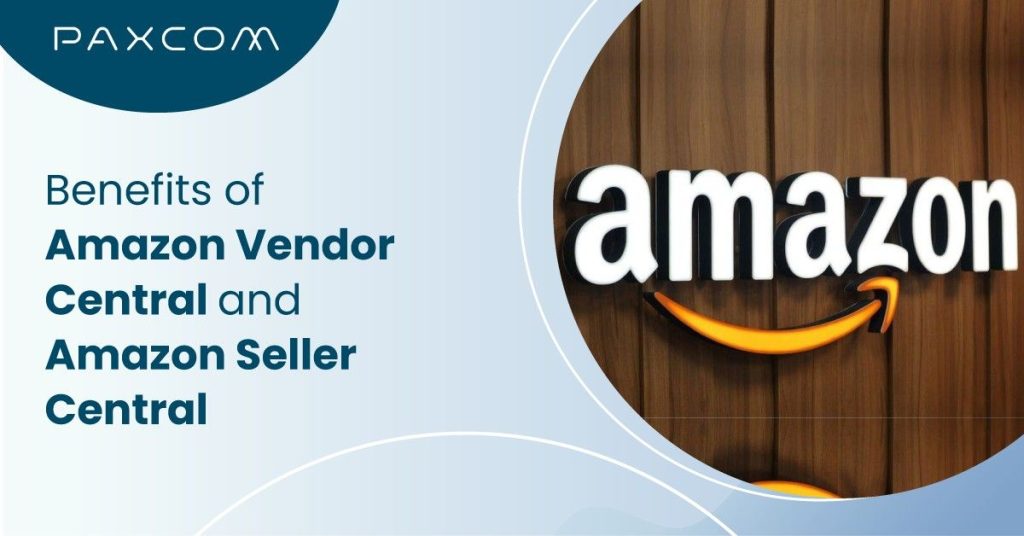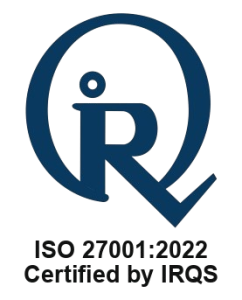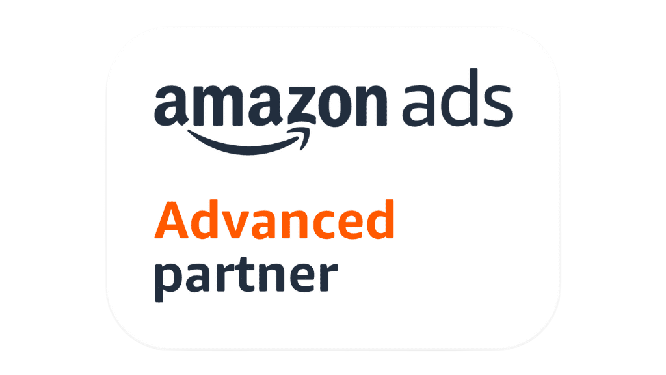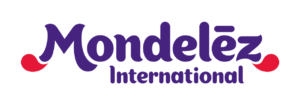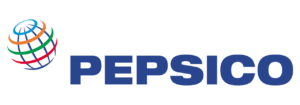If you’re an online retailer looking to increase sales, you might be interested in selling your products on Amazon. After all, the website is one of the most visited globally, with over 300 million monthly visitors. Because Amazon offers multiple fulfillment options, the question often arises: Should you choose Amazon Seller Central or Vendor Central?
To help you decide, we’ve outlined the key differences and benefits of each model so you can determine what’s best for your Amazon selling journey.
Table of Contents
Vendor Central vs. Seller Central – Understanding the Difference
The core distinction is in who sells the product to the end customer:
- Amazon Seller Central: You, as a third-party seller, list and sell directly to customers on Amazon’s marketplace.
- Amazon Vendor Central: You sell in bulk to Amazon, and Amazon then resells those products to customers under the “Sold by Amazon” label.
Amazon Vendor vs Seller Central: Comparison Table
|
Feature |
Seller Central |
Vendor Central |
|
Access |
Open to all |
Invite-only |
|
Fulfillment |
FBA or FBM |
Amazon handles all |
|
Pricing Control |
Full |
Set by Amazon |
|
Brand Registry |
Yes |
Limited |
|
Customer Service |
Seller or Amazon (FBA) |
Amazon |
|
Analytics & Insights |
Extensive |
Limited |
|
Advertising Control |
Full (SP, SB, SD, etc.) |
AMS with extra features |
What Is Amazon Seller Central?
Amazon Seller Central is open to anyone. It gives you full control over listings, pricing, inventory, and customer engagement.
As a seller, you get two fulfillment options:
- Fulfillment by Amazon (FBA): Amazon handles storage, delivery, customer service, and returns.
- Fulfillment by Merchant (FBM): You handle shipping and logistics yourself via third-party couriers like DHL, Bluedart, etc.
What Benefits Does Amazon Seller Central Offer?
1. Easy Product Management & FBA Services
You get direct control over listings, pricing, inventory, and returns. With FBA, Amazon manages end-to-end logistics, ensuring fast, reliable shipping and excellent customer service.
2. Controlled Product Messaging & Brand Protection
With Amazon’s Brand Registry program, you can protect your listings from unauthorized resellers and maintain message consistency across your products.
3. Full Control Over Product Pricing
You set your own prices and adjust based on demand, seasonal changes, or competition—ideal for promotional campaigns and new product launches.
4. Easy Access to Advanced Analytics
Seller Central provides detailed sales reports, advertising insights, and buyer behavior data—empowering you to make data-driven decisions and optimize performance.
5. Access to the Subscribe & Save Program
Amazon allows eligible FBA sellers to offer their products via Subscribe & Save, encouraging repeat purchases by offering automatic deliveries and discounts. This program builds brand loyalty and creates a predictable revenue stream. As of 2025, Amazon has enhanced seller control over enrollment settings, delivery frequencies, and discount tiers.
6. Advanced Insights & Forecasting
New 2025 dashboard updates include tools for real-time performance tracking, inventory forecasting, and ad spend efficiency—all built into one centralized hub.
7. Smart Inventory Management
With the latest FBA Capacity Manager, you can now request additional fulfillment space during peak seasons using a bid-based system—giving you flexibility in scaling operations.
8. AI-Powered Seller Tools
Amazon now offers AI-driven tools inside Seller Central such as:
- Product Opportunity Explorer to identify trends and gaps
- Automated Pricing Tool to match competitive rates dynamically
- Performance Recommendations Dashboard that suggests real-time campaign and listing improvements
These enhancements streamline operations and improve campaign ROI, even for lean teams.
What Is Amazon Vendor Central?
Vendor Central is invitation-only. It’s used by manufacturers and large brands that sell wholesale to Amazon, which then retails those items.
It’s considered a first-party relationship (B2B), unlike Seller Central’s third-party model (B2C).
How it works: Amazon sends you a purchase order. You ship the goods to Amazon. Amazon sells them to end customers.
What Benefits Does Amazon Vendor Central Offer?
1. “Sold by Amazon” Trust Boost
Products appear with the “Sold by Amazon” label—building credibility and increasing conversions.
2. Expanded Advertising Opportunities
Vendors get access to exclusive Amazon Marketing Services (AMS) like:
- A+ Content (rich product detail pages)
- Vendor-powered coupons
- Enhanced targeting in Sponsored Ads
These tools let vendors stand out with compelling, brand-centric campaigns.
3. Reduced Operational Fees
Vendors don’t pay per-sale referral or fulfillment fees like Seller Central users. Instead, they often pay a flat fee or operate on wholesale pricing models.
4. Hassle-Free Customer Service
Amazon handles customer service, returns, and refunds—freeing you from end-user interactions.
Work with Paxcom to Accelerate Your Amazon Growth
Choosing between Amazon Seller Central and Vendor Central depends on how much control you want, how you prefer to manage fulfillment, and what kind of relationship you want with Amazon.
- Seller Central gives you flexibility, direct customer relationships, and control over pricing and brand experience.
- Vendor Central offers convenience, the “Sold by Amazon” trust badge, and hands-off fulfillment—but less control and is by invitation only.
There’s no one-size-fits-all. For growing D2C brands, Seller Central often provides more agility. Established manufacturers may benefit from Vendor Central’s scale. And some businesses even use both.
Regardless of the model you choose, Paxcom’s Amazon experts can help you evaluate what’s best for your category, growth goals, and operations. Reach out at info@paxcom.net to get started.
FAQs
Amazon Central refers to the interface used by sellers (Seller Central) or vendors (Vendor Central) to manage their sales on Amazon. Seller Central is open to all, while Vendor Central is invite-only.
Start by creating a Seller Central account. Choose between FBA or FBM fulfillment. List your products, set pricing, and use tools like advertising, A+ content, and analytics dashboards to grow visibility and sales.
In Seller Central, you sell directly to customers (B2C model). In Vendor Central, you sell in bulk to Amazon, which sells to the customers (B2B model).
Vendor Central is invite-only, typically for established manufacturers or large-scale brands. Small businesses usually start with Seller Central for flexibility and access.
No, Subscribe & Save is only available for FBA sellers with eligible products. It helps increase repeat purchases by offering discounts and scheduled deliveries to loyal customers.
